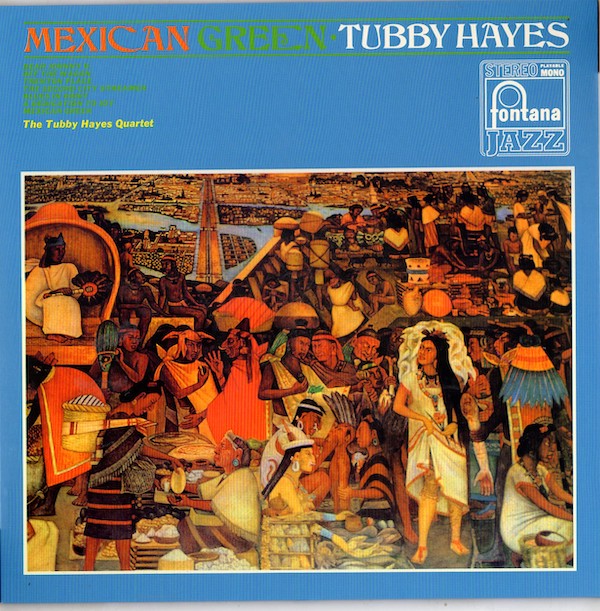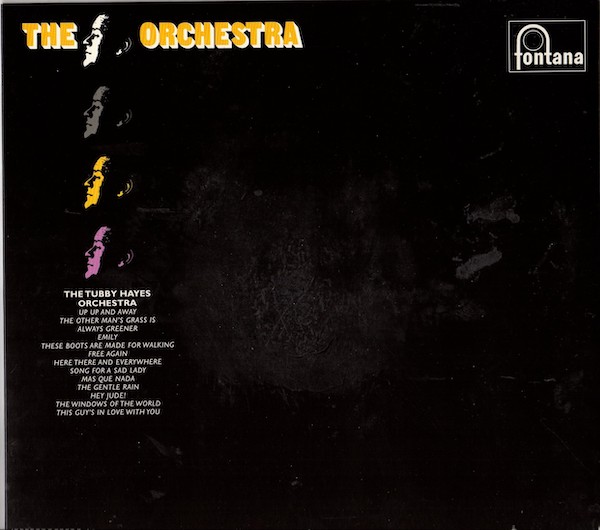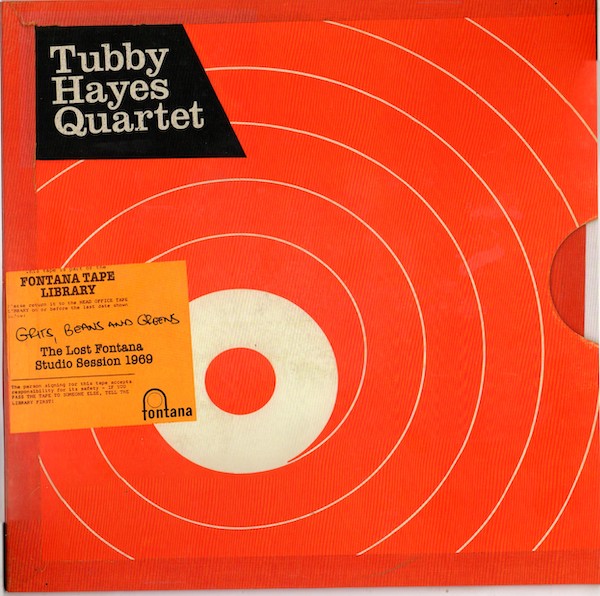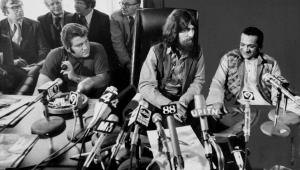This is the sort of thing at which AnalogPlanet excels. Tubby was a great player who deserved more attention than he received during his lifetime and this reissue and review are timely redress.
It's causing me a bit of heartburn, though: I have three of these albums (plus Mexican Green on CD) and while $200 may be good value, the duplication makes it a non-starter for me. Any idea if these will be made available separately at some point?





















































